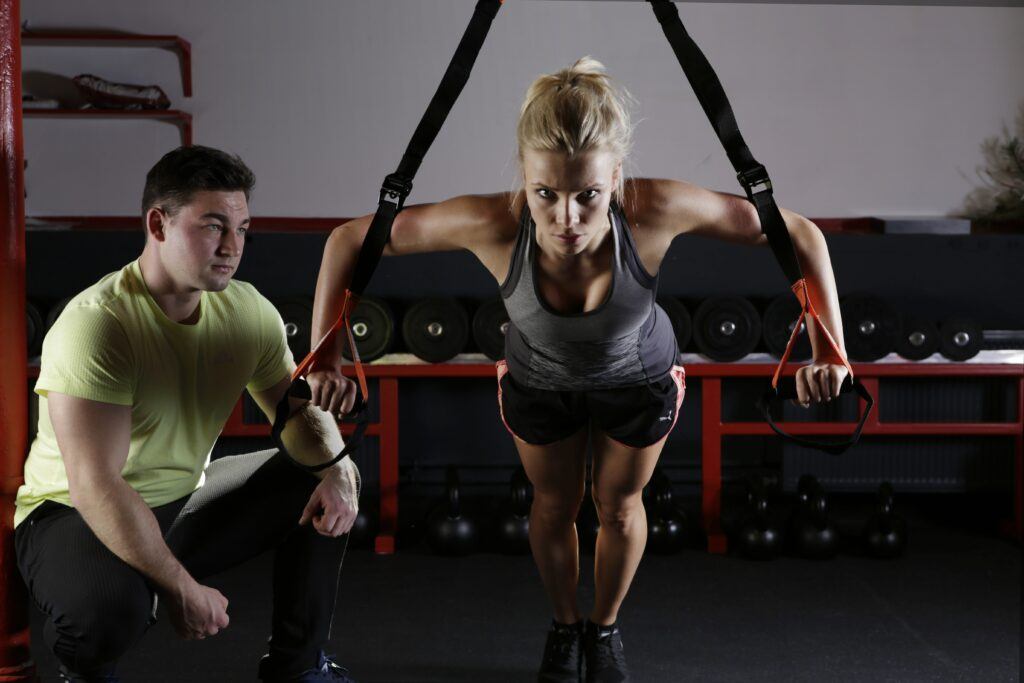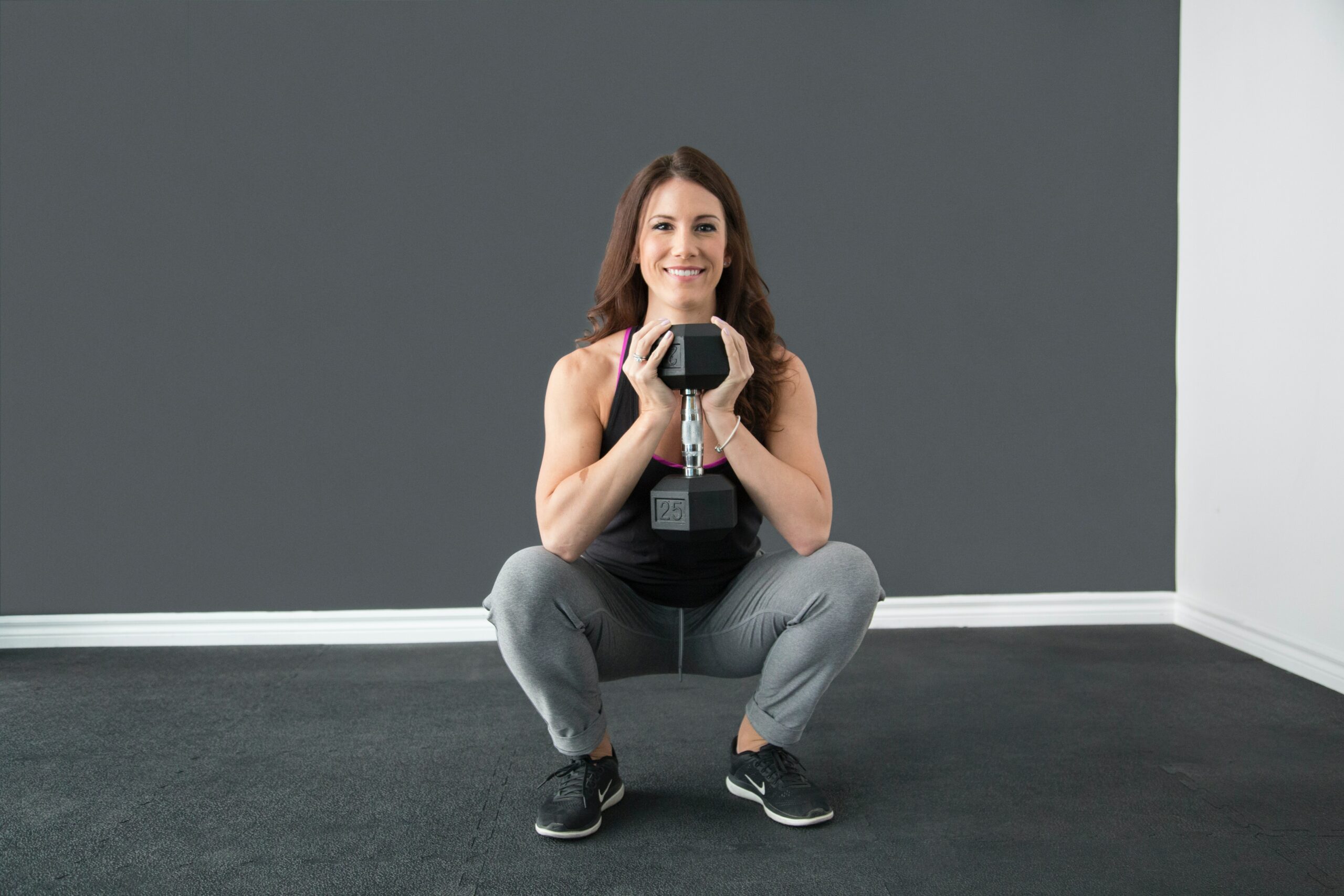Strength Training increases your muscular power and endurance. Even if this advantage is self-evident, it shouldn’t be disregarded. To perform the tasks you need to do daily, “muscle strength” is essential. In particular, Pire argues, as we age and our muscles begin to deteriorate. It is also known as “resistance training.” Because it requires tightening your muscles against a resisting force, it strengthens and tones your muscles.
Resistance training can be divided into two categories, according to the Encyclopedia of Behavioral Medicine:
A pushup is an example of an isometric exercise in which you tense your muscles against a stationary object, such as the floor. As you lift weights, you contract your muscles as you go through a range of motion. Isotonic Strength Training is similar to this. Muscle and Bone Health Benefits of Strength Training. According to Harvard Health Publishing, we begin to lose 3% to 5% of our lean muscle mass per decade around the age of 30.

A study published in the Journal of Bone and Mineral Research in October 2017 found that simply 30 minutes of high-intensity resistance training twice a week was sufficient. Functional performance and bone density, structure, and strength were all improved by impact training. No adverse effects were observed when it came to strength in postmenopausal women with poor bone mass. The HHS physical activity guidelines also recommend Muscle-strengthening activities. As we become older, it’s crucial to maintain and build muscle mass and strength to keep our bones, joints, and muscles healthy.
Strength Training Increases Calorie Burn Rates:
Physical activity, in any form, increases your metabolism and the rate at which your body burns calories while at rest. To reap the benefits of both aerobic and strength training, one must engage in both. In its more rested condition, your body continues to burn calories even after strength exercise. “Excess post-exercise oxygen intake,” the American Council on Exercise calls this phenomenon. In contrast, your body needs more energy to perform strength, weight, or resistance training.
How much effort you’re putting in or how hard you’re working determines how much energy you’ll need. So, the intensity of your workout has an impact on how much of an effect it has. As a result, you’ll burn more calories both during and after your workout. Resting condition when your body recovers from the exertion.
Strength training aids weight loss by preventing re-gain:
As a result of its ability to increase post-exercise oxygen demand, strength training. Weight loss can also be boosted by including resistance training into your workout routine, says Pire. “Much longer than after an aerobic activity, resistance or strengthening exercise keeps your metabolism active.” Lean tissue, as a whole, tends to be more active than fat tissue. At night, your body will burn more calories because of your increased muscular mass. He goes on to say, “And if you didn’t have that extra lean body mass.”

In comparison to dieters, according to research published in the November issue of the journal Obesity. Weight loss was most significant among dieters who conducted this four times per week for 18 months, compared to those who did only aerobic exercise. Strength training along with a calorie-reduced diet may help you lose even more fat in your body.
Better Body Mechanics Can Be Achieved Through Strength Training:
According to previous studies, strength exercise has also improved your balance, coordination, and posture. The November issue of the journal Aging Clinical and Experimental Research featured a review that found that: It was shown that at least one session of resistance training each week, whether done alone or as part of a program that included a variety of workouts, was beneficial.
A rise in muscle mass of 7.5% and strength of up to 37% improved functional capacity by 58%. According to Pire, “Balance depends on the strength of muscles that keep you atop the ground.” Strengthening those muscles will help you maintain your balance, so do it!
Chronic disease management can benefit from strength training:
Strength Training benefits have been well-documented in research. People with a variety of long-term health issues may potentially benefit from its use. The list covers, among other things, neuromuscular diseases, HIV, COPD, and a few types of cancer.

Powerlifting Gives You More Energy and a Better Mood:
Treatment options for depression, such as strength training, have been demonstrated to be effective. Endocrine-stimulating exercise can improve mood, according to Pire. However, a new study into neurochemicals has been conducted with strength training. He says that neuromuscular reactions to such activities provide more evidence that they have a beneficial effect on the brain. The benefits of these have also been demonstrated to extend to better sleep. A good night’s sleep, as we all know, can do wonders for your overall well-being.
Cardiovascular Advantages of Strength Training:
Muscle-strengthening activities go hand in hand with aerobic exercises. Following HHS, it aids in the reduction of hypertension and heart disease risk. Why Strength Training Should Be Part of Everybody’s Routine. Pire points out that there are numerous ways to incorporate strength and resistance training into your regimen. Additionally, he emphasizes that you do not require a gym membership or pricey weight lifting gear.
Squatting on a chair at home, doing pushups, planks, or any other exercise that requires you to use your body weight as resistance can be quite beneficial. In other words, “the stronger the response,” the more you can put into your body in terms of volume, intensity, and variety. As Braganza points out, it’s essential to keep pushing yourself physically by using a weight machine or adding free weights to your workout. Altering the speed at which you complete the exercises can help your body adapt and increase strength.

All-Body Exercises Using Only Your Weight:
Ask your doctor what kind of training is right for you if you have any health difficulties. Strength training programs can also be customized by working with a fitness professional that knows what they’re doing.



